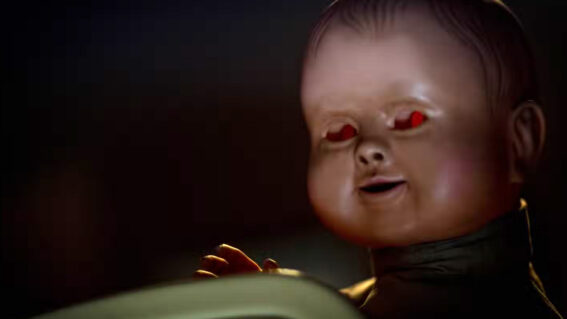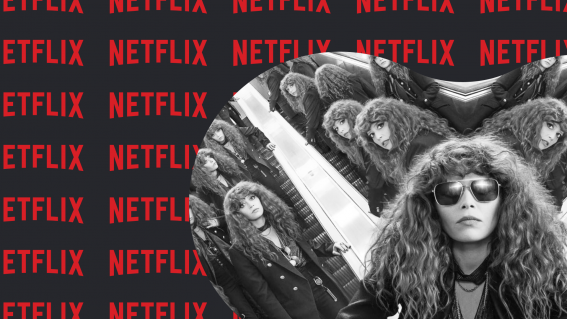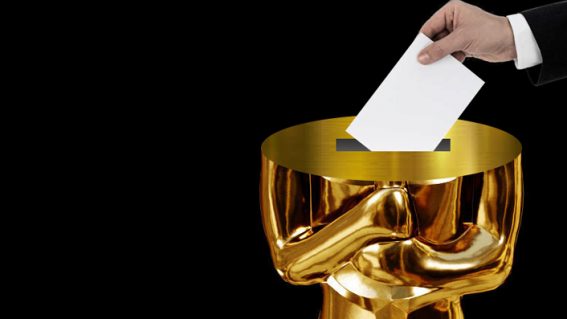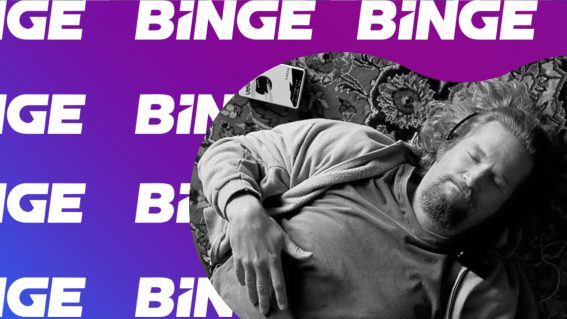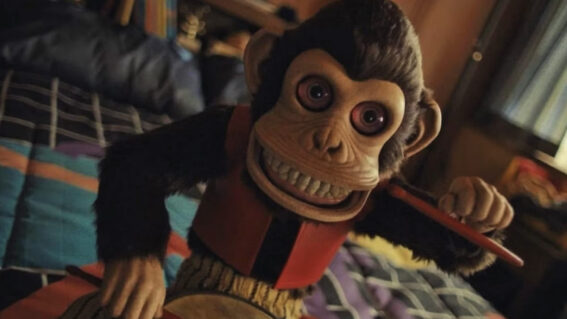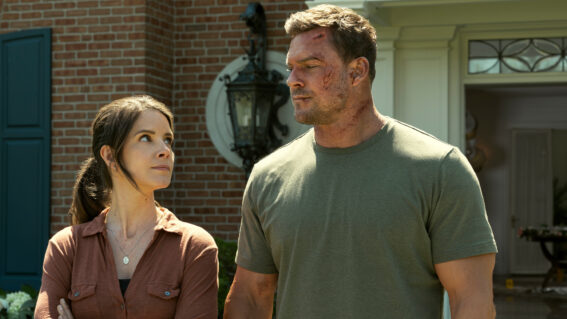Have You Seen My Movie? commemorates the strange and beautiful act of cinemagoing
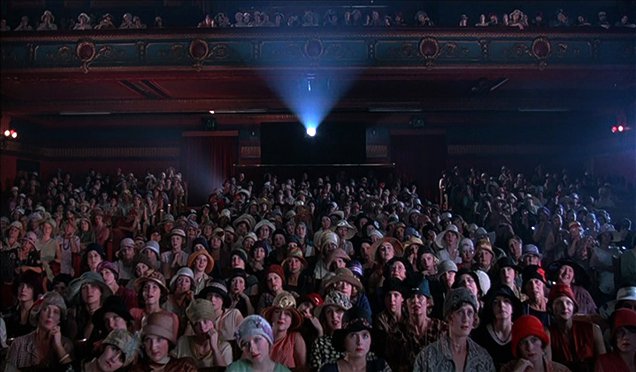
Have You Seen My Movie? is a film entirely comprised of clips showing people going to the cinema. It made critic Luke Buckmaster contemplate the future (and past) of this strange and beautiful recreation.
A few days after watching Have You Seen My Movie?, director Paul Anton Smith’s mosaical feature film comprised entirely of clips of people going to the cinema, I put on an old DVD of a show I like to sometimes return to – the 1980s dystopian TV series Max Headroom. In one episode, titled Dream Thieves, hotshot current affairs journo Edison Carter (Matt Frewer) navigates the dirty streets of an industrial shantytown, arriving at a dilapidated broken-down cinema abandoned long ago. Surrounded by flotsam and jetsam, his camera perched atop a rusted tin barrel, Carter begins a live broadcast.
“Let me show you something rare,” the presenter says to his audience, introducing the site of the cinema the way an archaeologist might discuss a location of ancient significance. “This was a dream palace. Years ago people came here for their pictures, to share dreams and adventures together. These were the days when people sat in groups and watched a single movie. Sometimes hundreds of people at one time. It must has been a weird experience. People watching the same screen, and the same program.”
Carter then conducts vox pop interviews with the riff-raff loitering around him, asking what they know about this funny place that used to be called the cinema. One responds “my mum told me about it once, didn’t you have to pay for it or something?” And another: “Isn’t it about standing in line?”
If the Max Headroom prophecy ever comes to pass, history will surely contextualise the cinema alongside locations such as coliseums – where Romans cheered on gladiators – and amphitheatres, where various peoples throughout the ages have gathered to watch theatrical performances. Smith (an assistant editor on Christian Marclay’s 24 hour art installation film The Clock – which was Have You Seen My Movie?’s obvious inspiration) splices in moments from hundreds of movies, grouping them in various aspects of the cinema experience.
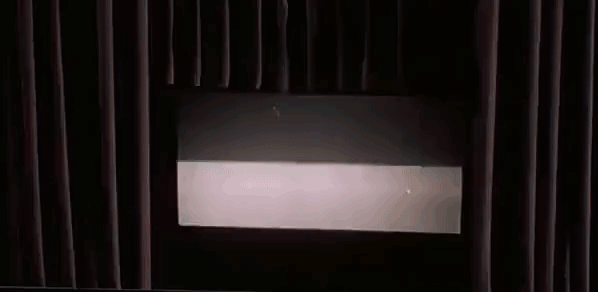
You know these activities: waiting in line, buying a ticket, purchasing sugary drinks and salty snacks, finding a seat, maybe holding your date’s hand. And of course, finally, eventually, sitting down to watch the movie, then if you’re unlucky dealing with other unwelcome elements – such as nitwits who treat the experience as a social catch up and yak throughout. These moments reminded me of the first Facebook group I ever joined, which I’m pretty sure was called “People who talk during movies deserve to have their tongues ripped out.”
There are more avenues to explore than you might envision at first blush. There’s motion pictures as a romantic backdrop helping connect lovers or potential lovers (illustrated by scenes of people kissing and getting handsy). Or the medium’s capacity for evil purposes such as brainwashing and oppression (illustrated by footage of A Clockwork Orange and Triumph of the Will). And its potential as a self-reflexive art capable of analysing its own failings (illustrated through footage of crowds watching Mickey Rooney’s notoriously racist performance in Breakfast at Tiffany’s). The film’s many tangents examine cinema as public spectacle: a place where strangers gather to dream in the dark.
When the house lights go down we watch other people’s dreams, of course, dances of light and shadows materialising images that have tumbled around the minds of our fellow humans. This connection between picture palaces and communal dreaming was made in the George Miller-hosted BBC documentary 40,000 Years of Dreaming, which associated the cinema going experience (“a ritual more awe-inspiring and compelling than church”) with the activities of the first humans, charting a line from the campfire to the candy bar.
Have You Seen My Movie? also makes the point that some things are so powerful they can only be gauged by watching people watching them. Sometimes the only real way to register worth is through observing a human face.
Later in Dream Thieves, Edison blows the lid on a dangerous new pastime. People in this grubby future world have taken to putting on immersive headsets then consuming a particular drug, to induce hallucinations – a kind of digi LSD trip for the age of post-reality. The company providing this service pledges a new kind of transcendental experience. Another form of technology, another way of dreaming. The thrilling question at this moment of time, in 2019, is not what ground cinema has lost to exist mediums such as television, but what it might lose in the future to emerging technologies such as VR and AR.
We tend to regard the act of dreaming as a private experience, which suits these mediums – particularly VR, each virtual reality headset catering for only one set of eyeballs. And yet cinema offers a contradiction. We dream in groups; we experience singular things collectively. Cinemagoing is a strange and beautiful sensation.
Have You Seen My Movie? plays at Melbourne’s ACMI cinemas on March 2.

